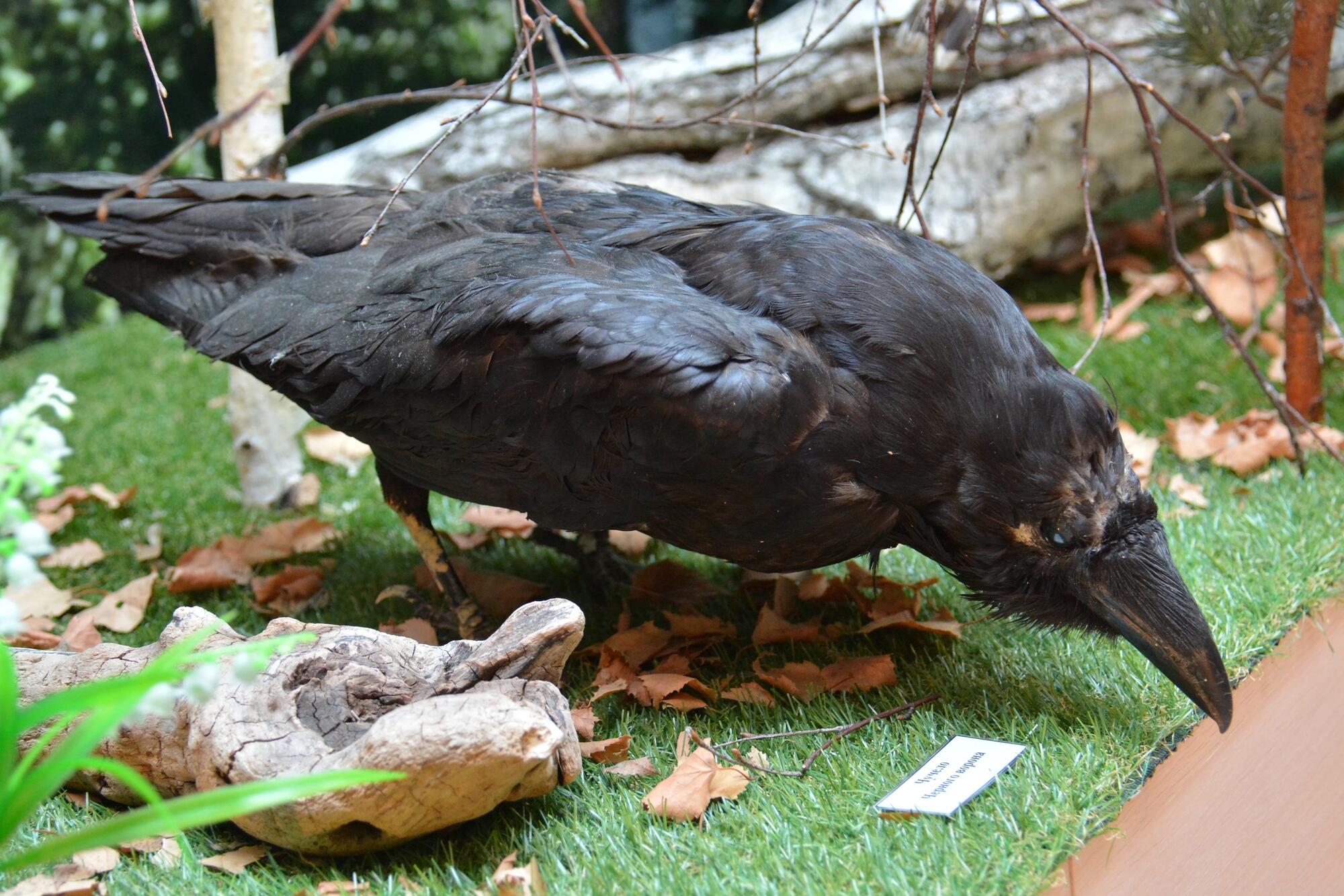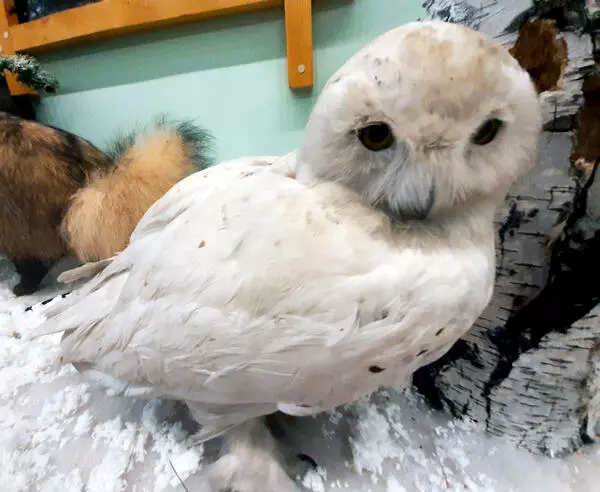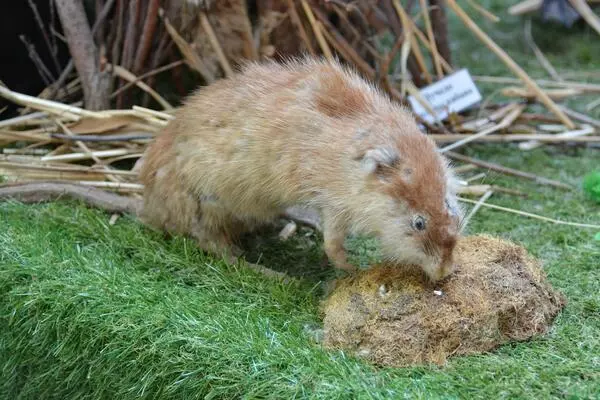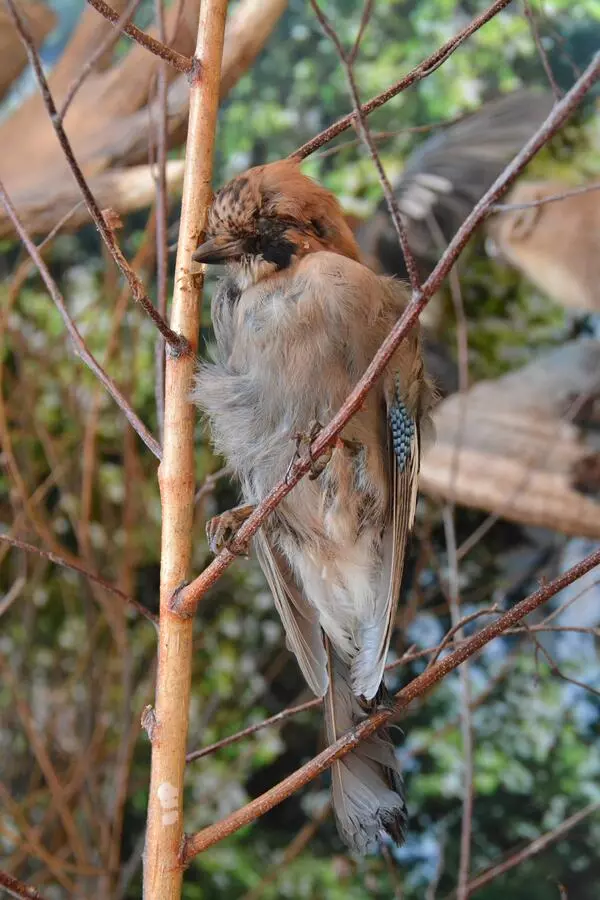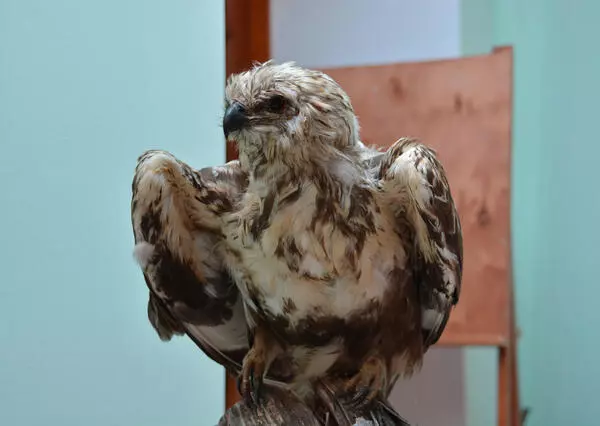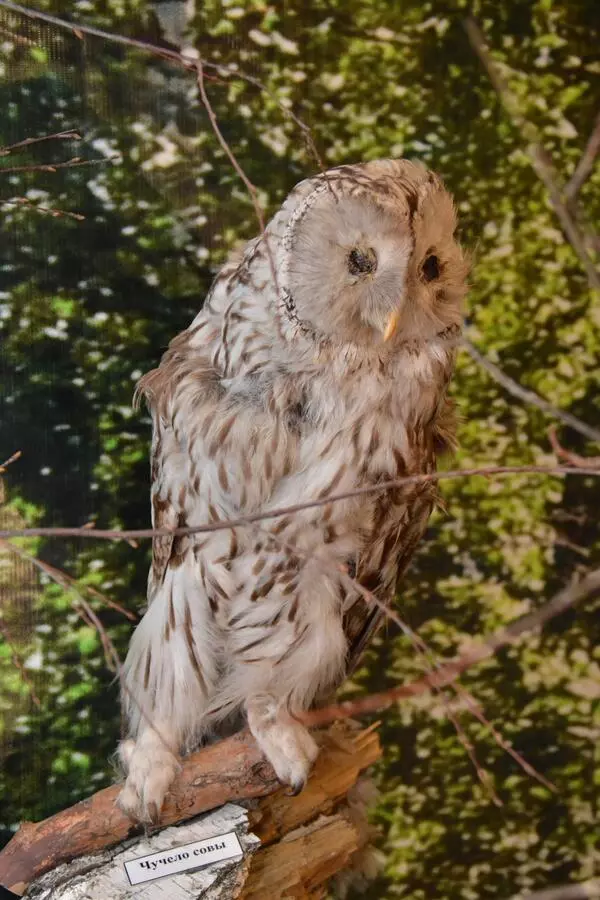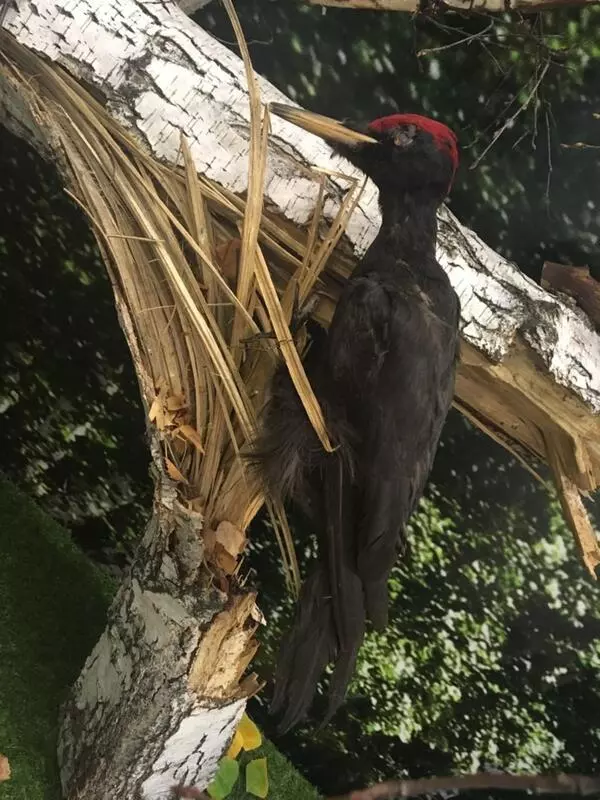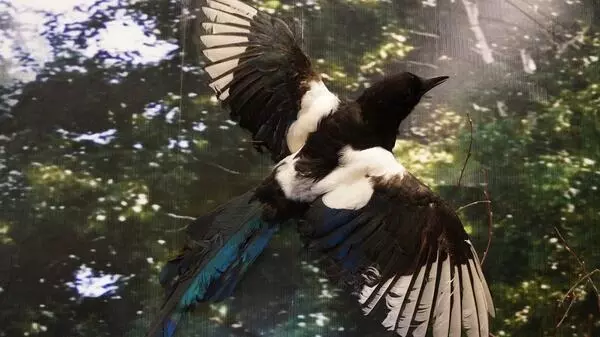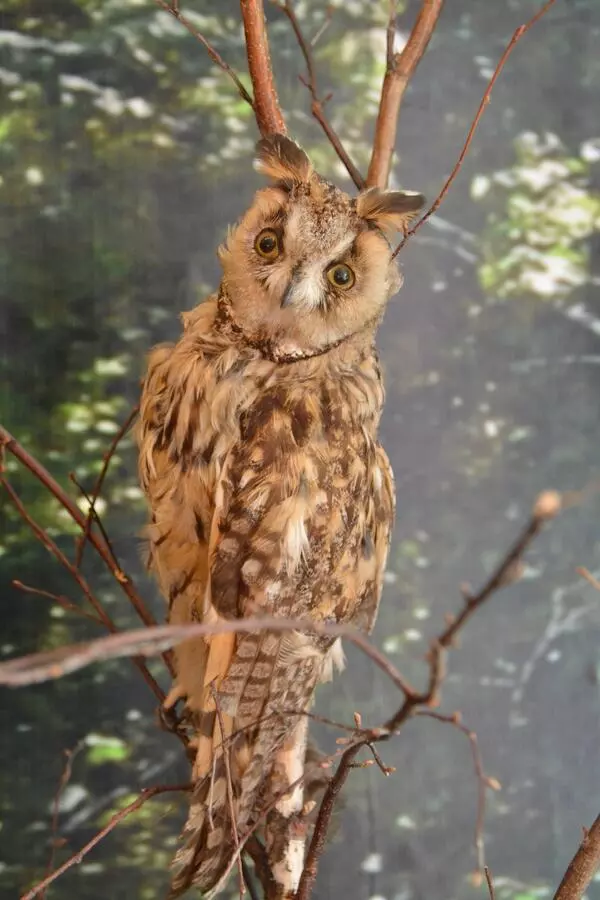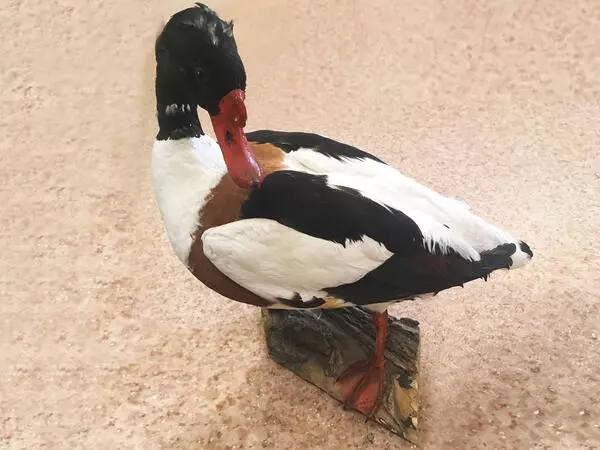The common raven is a large bird in the crow family. Its body measures 60 to 70 centimeters with a wingspan of up to 150 centimeters. The common raven’s distinctive features include a massive, high-positioned, pointed beak and elongated feathers on the neck sometimes called the beard. A flying common raven high in the sky can be told from other crows by longer and narrower wings and its wedge-shaped tail. A soaring raven does less wing flapping than its nearest cousins.
Males are slightly larger than females, but the color of their coat is similar. The coat of an adult raven is all-black with a metallic tint of blue, purple, and green. The plumage of young birds is as black as that of adult ones but less glossy. The coloring brings the common raven some advantages in both hot and cold climates. The dark feathers absorb the sunlight, which decreases the temperature difference between the coat and skin. In cold climates, this process allows the raven to spend less energy to warm the body. In hot climates, the bird accumulates energy during the day and is mostly active in the evening and morning hours. Therefore, it feeds on animals active in the same period. The black plumage also disguises the raven from predators in the dusk. Besides, the raven’s beak, legs, and retina are as black as its coat.
The common raven is a very cautious bird. Besides, it has much patience. If it is more advantageous to wait before making a decision that to take action, the rave will wait. It can wait for minutes, an ability also found in the great apes. The common raven is considered one of the smartest birds. Researchers believe that ravens are intelligent and capable of abstract thinking.
The bird moved on the ground well and makes a few jumps before taking wing. The raven’s flight is similar to that of a bird of prey. The common raven is one of the few birds that can make maneuvers in the air similar to higher aerobatics, such as the controlled barrel roll and half-roll.
The common raven is not exactly a social species. Throughout the year, ravens live in individual pairs mostly, although they can gather with other ravens to spend a night in late fall and winter.
Males are slightly larger than females, but the color of their coat is similar. The coat of an adult raven is all-black with a metallic tint of blue, purple, and green. The plumage of young birds is as black as that of adult ones but less glossy. The coloring brings the common raven some advantages in both hot and cold climates. The dark feathers absorb the sunlight, which decreases the temperature difference between the coat and skin. In cold climates, this process allows the raven to spend less energy to warm the body. In hot climates, the bird accumulates energy during the day and is mostly active in the evening and morning hours. Therefore, it feeds on animals active in the same period. The black plumage also disguises the raven from predators in the dusk. Besides, the raven’s beak, legs, and retina are as black as its coat.
The common raven is a very cautious bird. Besides, it has much patience. If it is more advantageous to wait before making a decision that to take action, the rave will wait. It can wait for minutes, an ability also found in the great apes. The common raven is considered one of the smartest birds. Researchers believe that ravens are intelligent and capable of abstract thinking.
The bird moved on the ground well and makes a few jumps before taking wing. The raven’s flight is similar to that of a bird of prey. The common raven is one of the few birds that can make maneuvers in the air similar to higher aerobatics, such as the controlled barrel roll and half-roll.
The common raven is not exactly a social species. Throughout the year, ravens live in individual pairs mostly, although they can gather with other ravens to spend a night in late fall and winter.
